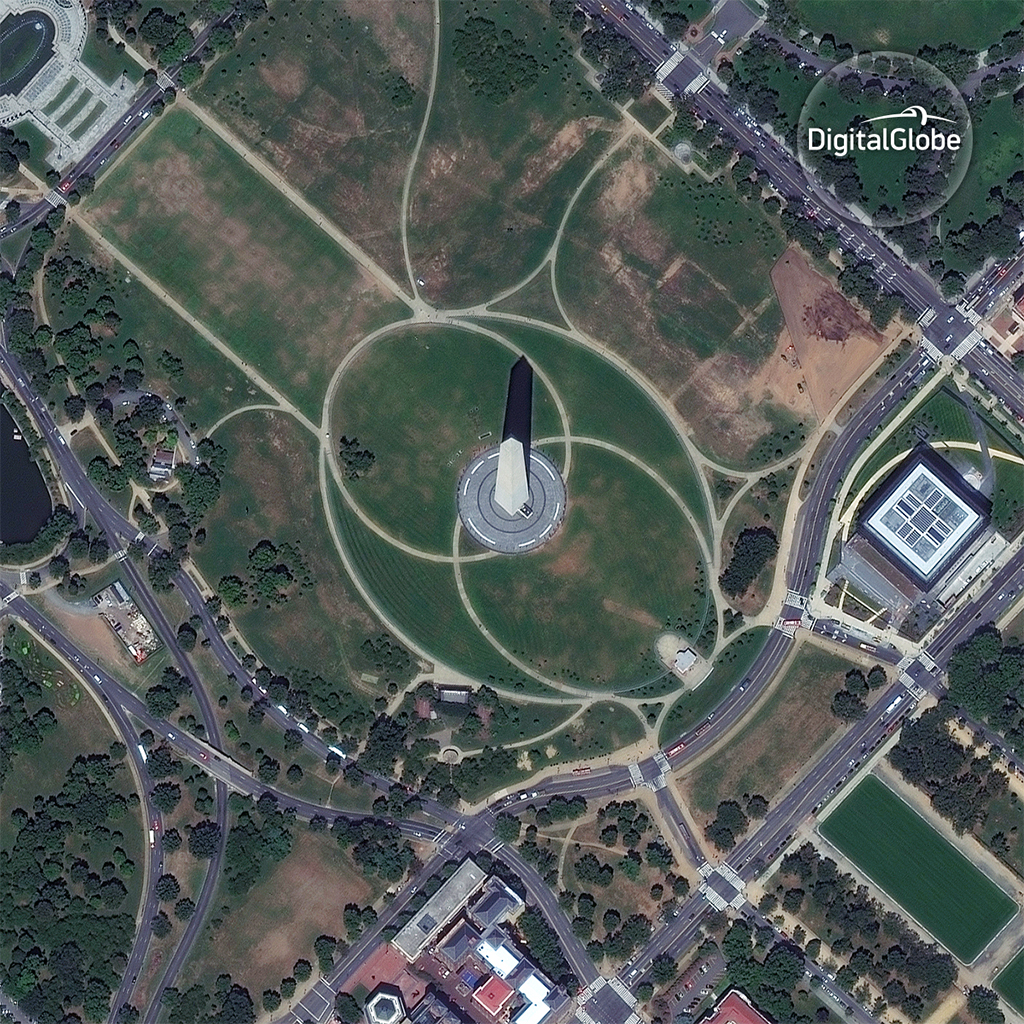 Space News recently published my op-ed on the subject of regulatory reform for the U.S. commercial remote sensing industry. It lays out the case for why it is time for a major rethink of how the commercial remote sensing industry is licensed and regulated—moving from a restrictive environment of “no, until foreign competition catches up,” to a permissive one of “yes, unless there is a compelling national security or foreign policy reason to deny approval.”
Why does regulation exist in a free society? At its root, regulation is about preventing harm on balance. We regulate fisheries to prevent over fishing. We regulate frequency spectrum to ensure that it can be used fairly. We regulate pollutants so we have clean air and water. But we don’t, for the most part, regulate things like: what smartphone can be manufactured, or what book can be published, or what music streaming service one can subscribe to. If someone has an idea for a better product, and can bring it to market, it benefits all of us.
So why is remote sensing treated in the former category and not the latter? Remote sensing was originally a military technology conceived of during the Cold War. So if we thought of remote sensing in the same category as missiles and bombs, it seemed natural to regulate it as such—particularly since there was no commercial market at the time to offer examples of the many civilian and commercial benefits of the technology. But if we look at it today, the global transparency provided by remote sensing has benefited billions of people around the world, whether through better maps, more efficient disaster response, or discouraging human rights abuses by exposing the actions and those responsible for them.
There was another technology conceived during the Cold War initially as a military technology: microelectronics. Yet today, microelectronics are at the heart of an ongoing technology revolution and nobody thinks of them as a military technology—except in a few, highly specialized cases, like missile guidance systems (a purpose for which microelectronics were initially developed!).
By acknowledging that commercial remote sensing has undergone a similar transition from a military-only technology to one that has broad based societal benefits, and one that has proliferated around the world, we are naturally led to a new set of principles for how and where to regulate commercial remote sensing:
Space News recently published my op-ed on the subject of regulatory reform for the U.S. commercial remote sensing industry. It lays out the case for why it is time for a major rethink of how the commercial remote sensing industry is licensed and regulated—moving from a restrictive environment of “no, until foreign competition catches up,” to a permissive one of “yes, unless there is a compelling national security or foreign policy reason to deny approval.”
Why does regulation exist in a free society? At its root, regulation is about preventing harm on balance. We regulate fisheries to prevent over fishing. We regulate frequency spectrum to ensure that it can be used fairly. We regulate pollutants so we have clean air and water. But we don’t, for the most part, regulate things like: what smartphone can be manufactured, or what book can be published, or what music streaming service one can subscribe to. If someone has an idea for a better product, and can bring it to market, it benefits all of us.
So why is remote sensing treated in the former category and not the latter? Remote sensing was originally a military technology conceived of during the Cold War. So if we thought of remote sensing in the same category as missiles and bombs, it seemed natural to regulate it as such—particularly since there was no commercial market at the time to offer examples of the many civilian and commercial benefits of the technology. But if we look at it today, the global transparency provided by remote sensing has benefited billions of people around the world, whether through better maps, more efficient disaster response, or discouraging human rights abuses by exposing the actions and those responsible for them.
There was another technology conceived during the Cold War initially as a military technology: microelectronics. Yet today, microelectronics are at the heart of an ongoing technology revolution and nobody thinks of them as a military technology—except in a few, highly specialized cases, like missile guidance systems (a purpose for which microelectronics were initially developed!).
By acknowledging that commercial remote sensing has undergone a similar transition from a military-only technology to one that has broad based societal benefits, and one that has proliferated around the world, we are naturally led to a new set of principles for how and where to regulate commercial remote sensing:
- Maintain the role of the Federal Communications Commission (FCC) in ensuring that communications bandwidth is allocated fairly;
- Ensure that satellite operators are good stewards of the commons of space and do not contribute to space debris by requiring that all remote sensing satellites conform to a set of common-sense design and operating principles;
- Preserve the ability of the U.S. Government to impose “shutter control” during time of crisis, in the most limited manner, over the most limited area, and for the shortest duration necessary for national security. And given the serious nature of imposing shutter control, maintain the decision making at Cabinet level.